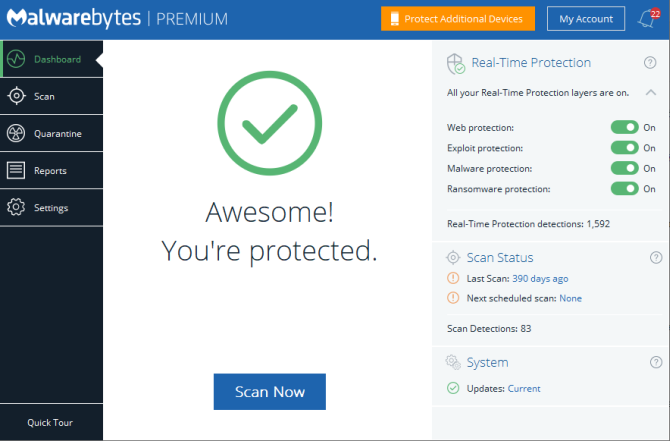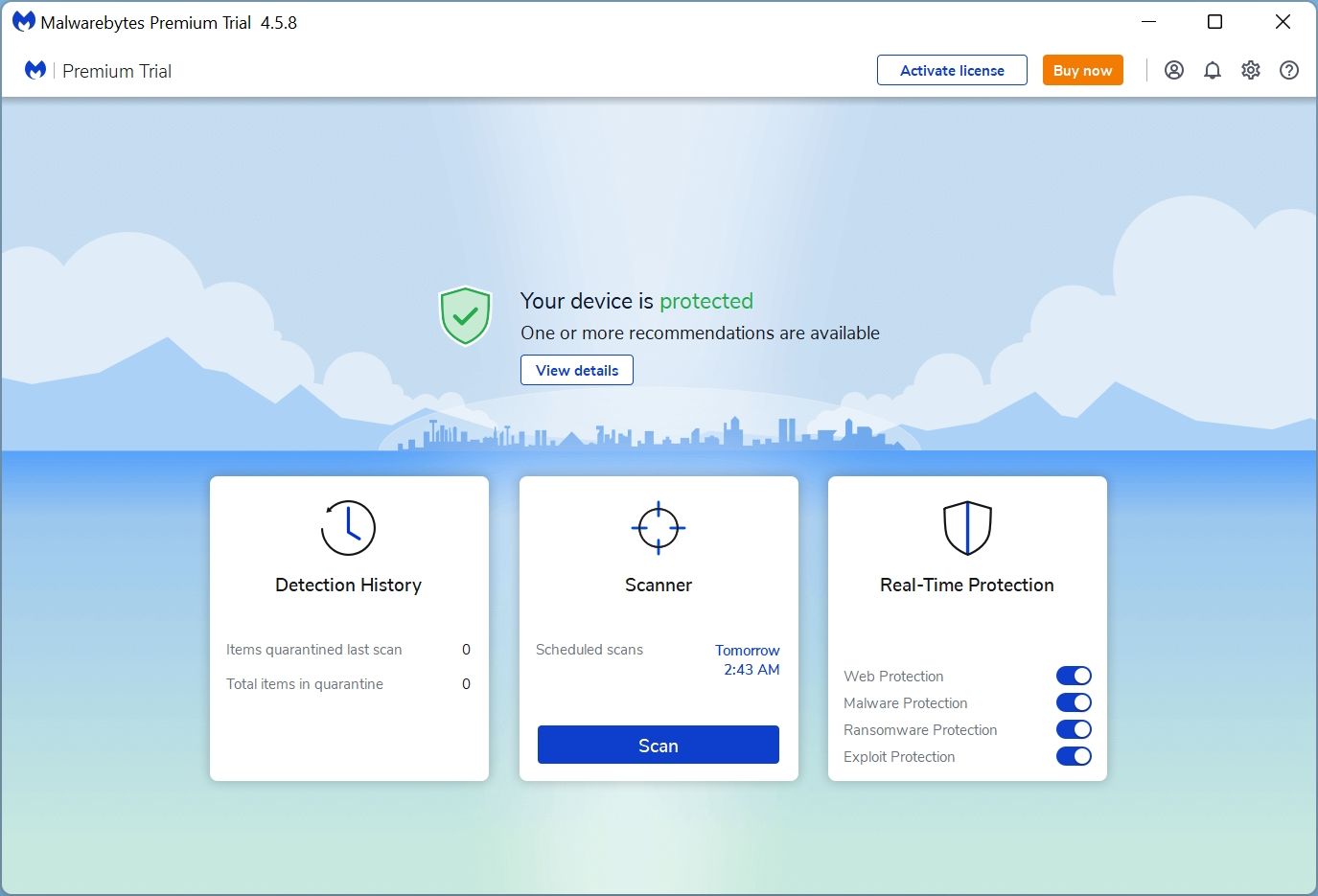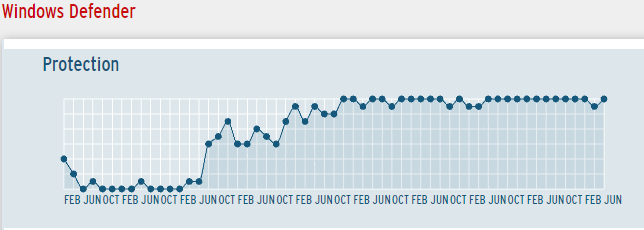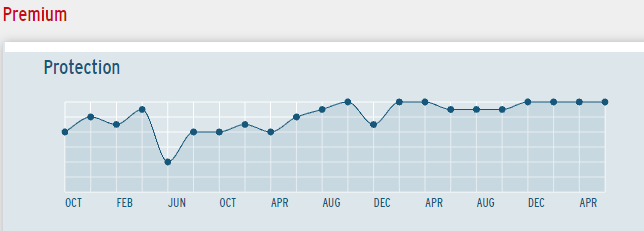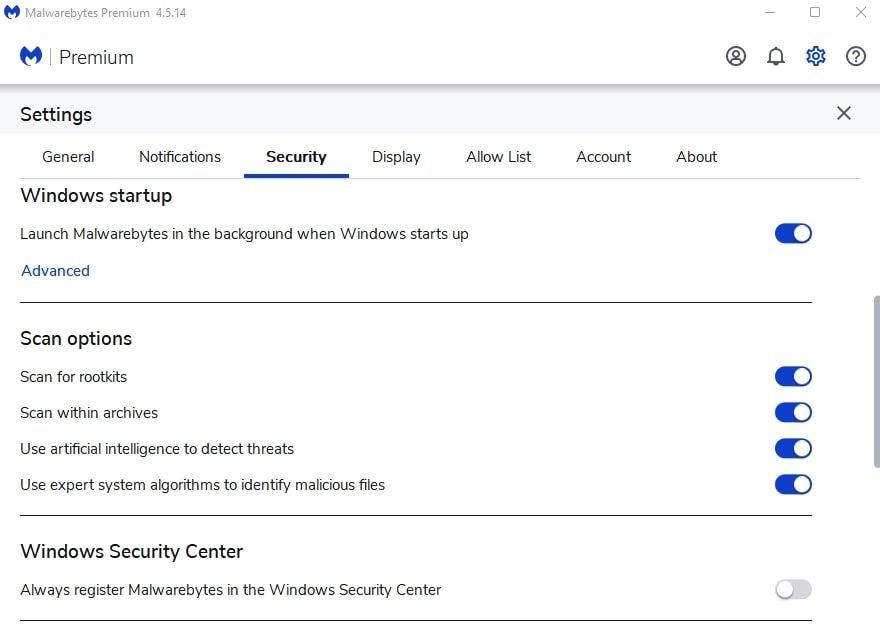Using two antivirus suites has never been good advice. If you can even get them to run together, you will be in for a bad time with system freezes and crashes. Malwarebytes has always been different, as it was launched as a standalone scanner to check what your antivirus may have missed.
It has come a long way, and since 2016 has advertised itself as an antivirus replacement compatible with other antivirus software. With its latest version, things are a little different...
What Is Malwarebytes?
Malwarebytes was launched in 2008 as a free on-demand scanner to help you remove viruses from your computer, and to check that your existing antivirus hadn't let anything through. It was viewed as an essential download on every computer by many in the tech industry, especially IT technicians.
Much has changed in the years since its launch, with antivirus software developing new technology, Windows becoming more secure, and most recently, Microsoft Defender putting up a fight.
In 2014, Malwarebytes was redeveloped with a new design and a premium version which supplemented your existing antivirus by providing additional scanning of files you downloaded and websites that you visited. It was called version 2, and it was easy to recommend its under $25 asking price for top-tier extra security.
Just two years later in 2016, Malwarebytes described itself as an antivirus replacement that focuses on checking the behavior and using new technology to find threats that traditional suites may have missed. This was called version 3, and was greeted with mixed reviews.
Malwarebytes free has always worked as a standalone scanner, but its premium version had become harder to recommend with its increasing prices.
It was advertised to work with existing antivirus suites, including big names like Norton and McAfee, while also claiming to replace the antivirus software it boasted compatibility with.
But many users were left confused with the choice to use it as a scanner, with another suite, or by itself.
One redesign later, the message became a little clearer with version 4 in 2019. Malwarebytes registered itself in the Windows Security Center (more on that later) and would disable Microsoft Defender by default, telling Windows it was a complete antivirus.
The antivirus replacement message was pushed further, and specific suites like Norton or McAfee weren't mentioned as being compatible, as they were before.
How Does Malwarebytes Compare to Microsoft Defender?
Microsoft Defender first appeared as a complete antivirus in Windows 8. While it was good that everybody setting up their new computer had some protection, it received awful reviews.
It was given a score of zero by AV-TEST, an independent antivirus testing company, in every test from 2013 to 2015. It started to achieve anywhere from 0.5 to 3 out of 6 in the newer tests, but in the same tests, big name antivirus suites scored 6 out of 6.
Only in late December 2017 did it score its first top score, and it has generally retained 5 to 6 scores in the years since. These scores made it an AV-TEST Top Product and it was achieving the same scores as the big names like Norton and McAfee.
Those original scores were hopeless, detecting only 70 percent of malware in many cases. This graph shows just how big of an improvement has been made in the years since.
On the other hand, Malwarebytes has only been tested since 2018, so there is much less data available to us. Its lowest score was 2, which was tested near the launch of version 4.
Thankfully recent tests also show it as an AV-TEST Top Product, achieving 6 out of 6 in many cases.
It's safe to say that both products offer great protection these days, so what are the main differences? Features.
Microsoft Defender is a basic antivirus with the ability to stop malicious downloads and programs, and little else.
Malwarebytes offers additional web protection to prevent you from falling victim to phishing, exploit protection to prevent apps on your PC being used to carry malware, and ransomware protection to stop never seen before threats from locking you out of your files. Learn the major signs of a phishing scam and what ransomware is to know how to identify them and protect yourself.
There is also the option to use Malwarebytes VPN, and a security browser extension which includes ad and tracker blocking.
Can You Use Malwarebytes With Another Antivirus?
As we discussed earlier, Malwarebytes now tells Windows that it is an antivirus by default, which disables Microsoft Defender and any other antivirus you have installed.
Since version 4 was released in 2019, Malwarebytes no longer guarantees compatibility or mentions big names in its help pages, and advises you to keep it enabled in the Windows Security Center for the most comprehensive protection.
Despite this, it does tell you how to use it with another antivirus if you wish to. If you do, Microsoft Defender will be automatically enabled.
Navigate to Malwarebytes, click the Settings cog, go to Security, and uncheck the Windows Security Center setting.
It is key to note that Microsoft Defender being so basic is one of the reasons why using it with Malwarebytes Premium may work without issue, as they don't overlap on features as much as a premium suite would. Microsoft Defender being built into Windows also lowers the risk of drivers conflicting.
Furthermore, Microsoft Defender scans every file downloaded, opened, edited, or moved. Malwarebytes only scans files downloaded or opened.
In theory, files that aren't open can't harm your PC, and doing this allows Malwarebytes to be easier on system resources. This further supports the use of Malwarebytes and Microsoft Defender to supplement each other without issue.
Both Malwarebytes Free and Microsoft Defender can be used to run scans every once in a while if you want to make sure your system is clean without any cost. Read about Microsoft Defender periodic scanning to learn more.
Both Malwarebytes and Microsoft Defender Have a Purpose
It's clear that both products offer great protection. You should be fine using either, although the extra features Malwarebytes has may catch your eye.
If you do want extra protection, using Malwarebytes and Microsoft Defender together instead of using a different antivirus is definitely an option, but may not be necessary.
There are other steps you can take to keep yourself safe from malicious websites, and issues may still occur by using both together.


